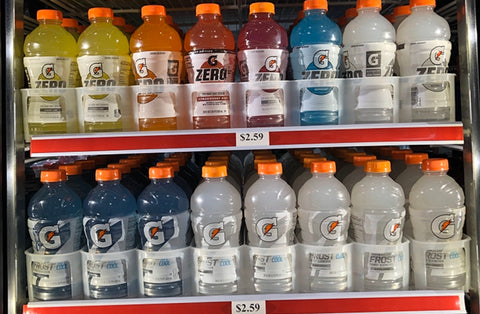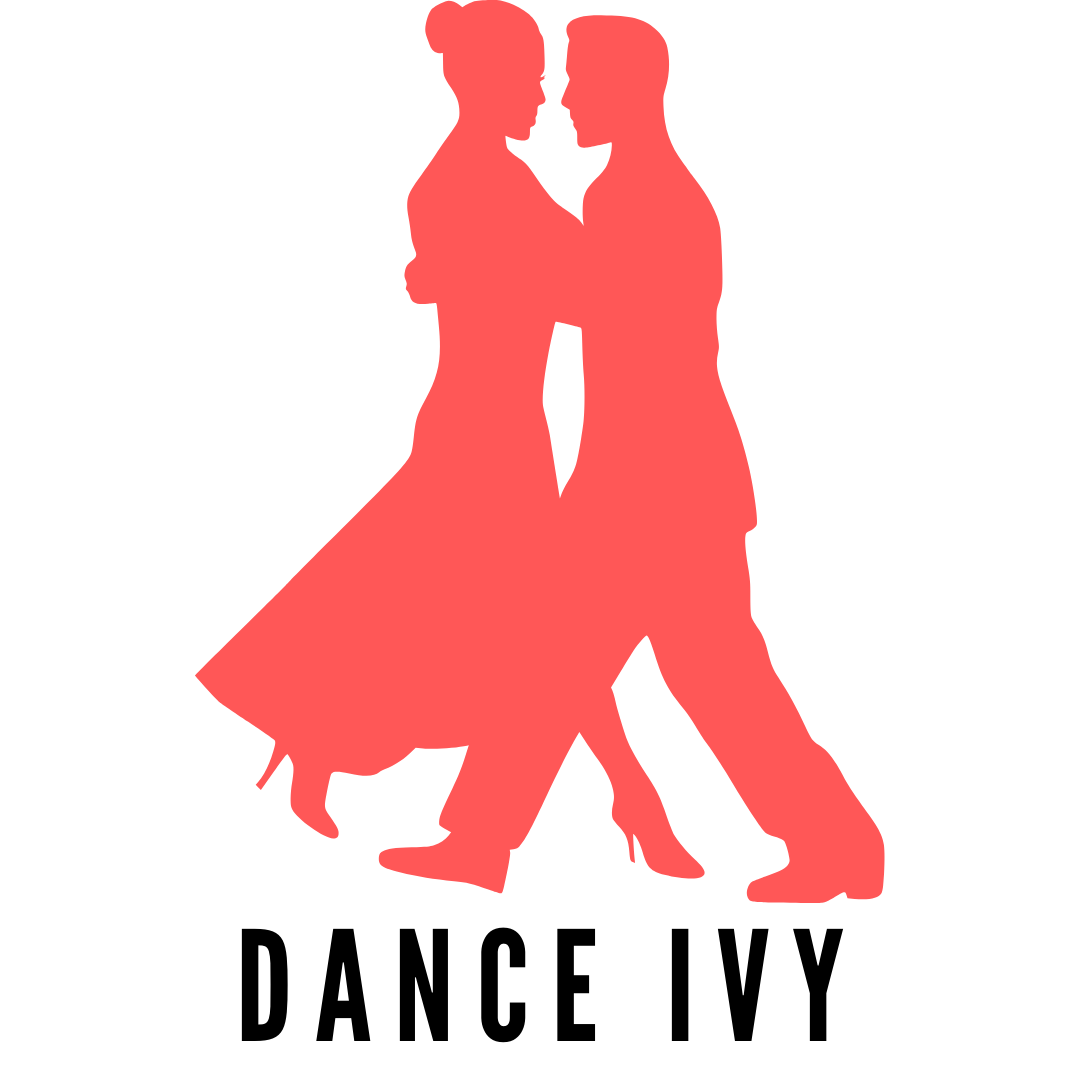It is uncommon to hear of niggles, numbness, or aching sensations in different parts of the body after a good dance session. However, this post-dance soreness often gets in the way of performing basic daily activities such as walking or even sitting. If left untreated, it could hamper future practices or workouts at the dance studio. Here are some tips for you “dance” the soreness away!
1. Cool down with gentle stretches
Stretching does not prevent post-dance soreness but rather, relieves it. When dancing, the muscle fibers used might experience some microscopic damage, and lactic acid begins accumulating in the muscles. This acid often causes the dreaded sore sensation once the dance lesson is over.
With stretching, blood vessels surrounding sore muscles are widened for more blood to flow through the muscles. With greater blood flow, lactic acid and other metabolic waste are drained away, and the muscles receive more oxygen and nutrients for faster recovery.
Furthermore, according to physical therapist and orthopedic clinical specialist Dr. Lauren Jarmusz, stretching helps to dilute the psychological effects of stress by activating the parasympathetic nervous system. This helps to induce calmness and relaxation which is a great way to take your mind off the soreness.
Do note that the stretches should be slow and gentle to avoid further discomfort to your already aching muscles! Apply just enough force to feel the muscle groups responding.

Credits: ACTIVE
2. Foam roll
Also known as self-myofascial release, foam rolling has been widely recommended to alleviate tension as well as increase mobility in sore muscles and tissues surrounding a joint. Tender muscle areas can be easily located and massaged with a foam roller, minimizing aches throughout the body.
Just like stretching, foam rolling also helps to enhance blood flow to the affected areas which would more quickly receive oxygen and essential nutrients to repair and recover.

Credits: Dance Spirit
3. Elevate your legs
When dancing, high amounts of pressure are exerted on the veins in our legs, which could also welcome tightness and aches. In fact, according to vein specialists from the London Vein Centre, scores of dancers have varicose or swelling veins, which have been a major cause of post-dance soreness for them.
To reduce such inflammation in the veins, regularly elevating your legs is crucial to take the pressure off your veins. For maximal comfort, use a cushion-padded wall, a pillow, or any other soft material to prevent your heels from aching too.

Credits: Healthline
4. Ice sore areas
You might have seen dancers having ice baths for their feet, or dabbing their calves and quads with an ice compress. This technique of reducing post-dance soreness is called icing which is often done right after the soreness is felt.
Coldness causes the construction of blood vessels surrounding sore areas, hence reducing blood flow to the areas which numbs their soreness. Also, the reduced blood flow greatly lessens the pain-inducing inflammation or swelling, especially around tendons or joints.

Credits: ACTIVE
5. Visit a physiotherapist
If the post-dance soreness fails to go away or is recurring despite applying the above tips, it would be best to see a physiotherapist.
Physiotherapists can check whether you have been performing certain dance moves with proper form, or whether your body has the physical capacity to handle some routines.
From there, you would have a much better understanding of which areas need more resistance training or strengthening, and how to correct your form. Thus, you would be much less prone to post-dance soreness with a stronger musculoskeletal profile and a safer form.

Credits: Brookwood Physiotherapy & Pilates Clinic
6. Dance or exercise more often
For beginner dancers or anyone who has not been active, their chances of being sore after a dance class is considerably higher than those who have been committing to a regular exercise regimen. This is because the body of a less active person is not as accustomed to strenuous workouts, so it experiences “shock” in the form of soreness after a hard dance.
Fortunately, this is something that can be easily worked out (pun intended). As you start dancing or moving more often, your muscles can cope with higher workloads and be less prone to fatigue or soreness.
You can also read about our post on dance class preparation.

Credits: The New York Times
7. Hydrate with enough electrolytes
Electrolytes, such as magnesium, sodium, and zinc, are minerals found in the fluids of our bodies. They are vital for our normal bodily functioning and play a huge role in maintaining overall muscle health. Thus, staying hydrated with electrolytes helps to ensure healthy concentrations of these chemicals which would alleviate post-dance soreness effectively.
This is why isotonic drinks such as 100 Plus and Pocari Sweat are extremely popular in the fitness community, including all dancers. If we merely drink water after a dance session, electrolytes lost in our sweat are not replaced and the water dilutes the electrolyte concentration further in our bodies. As a result, post-dance muscle cramps could strike us and lead to extreme sensations of soreness.
Although there are food sources that are rich in electrolytes such as spinach, bananas, and legumes, drinking electrolyte-rich beverages allows for much faster absorption of the electrolytes by the sore muscles.

Credits: CStore Decisions
